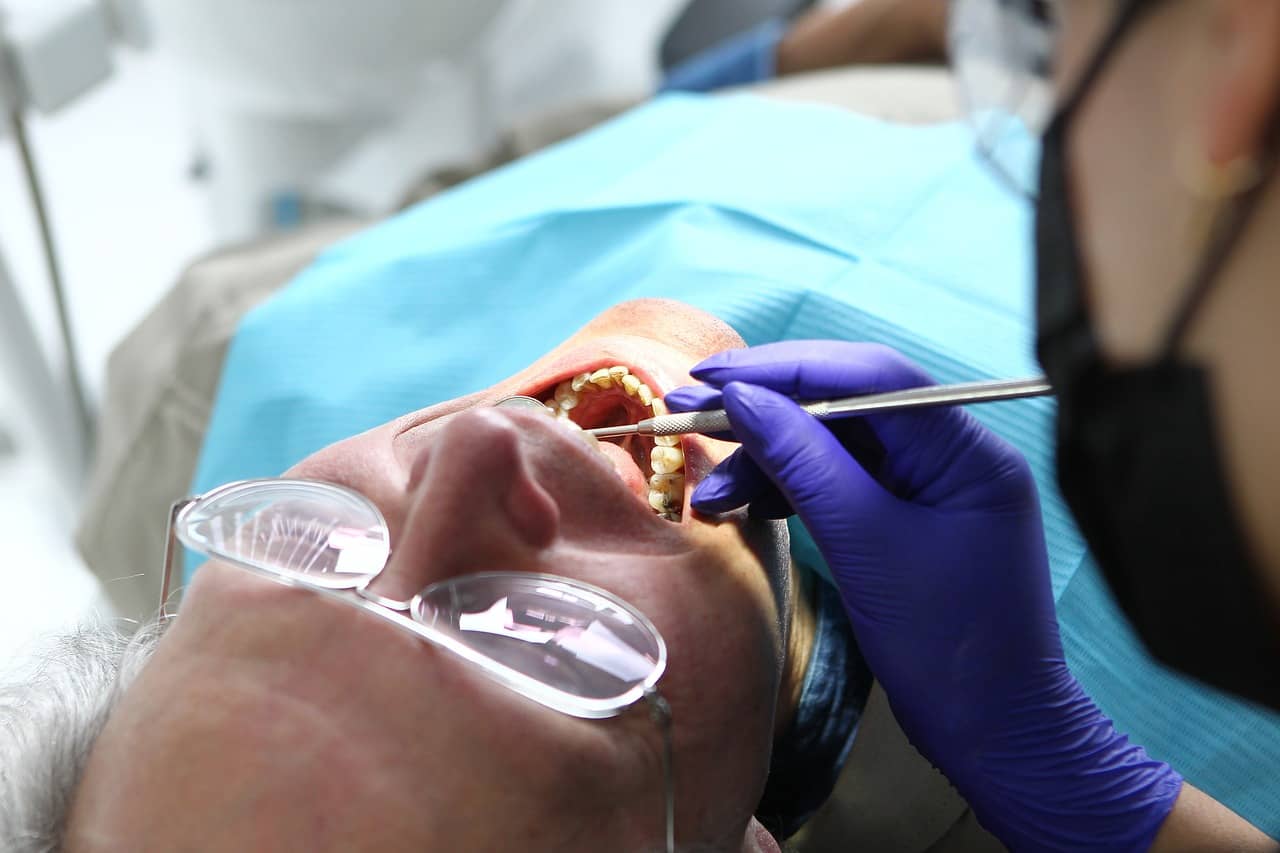In the wake of the ongoing global pandemic, many individuals are gradually returning to their office spaces after months of remote work. While this transition back to the workplace is undoubtedly exciting, it also brings forth a set of challenges, chief among them being the need to ensure safety and avoid accidents. In this article, we will explore the various ways accidents can be avoided in the workplace, discuss the steps to take if a work colleague has an accident, and draw insights from safety guidelines sourced from the UK. We will also explain how best to start an accident at work claim.
Understanding the Importance of Workplace Safety
Before we delve into the specifics of avoiding accidents upon returning to the office, it’s essential to understand the significance of workplace safety. Accidents not only lead to physical injuries but also result in lost productivity, financial strain, and emotional distress for all parties involved. Furthermore, failing to maintain a safe work environment can result in legal consequences for employers. Therefore, the prevention of workplace accidents should be a top priority for every organisation.
Identifying Potential Hazards
To effectively avoid accidents, it is crucial to identify potential hazards within the workplace. Hazards can vary widely based on the nature of the job and the office environment. Some common hazards to watch out for include:
Slippery Surfaces
Slip and fall accidents are among the most common workplace injuries. Wet or slippery floors, especially during the rainy season, can lead to accidents. Employers should ensure that walkways and common areas are free from hazards, with proper signage and mats in place.
Electrical Hazards
In offices, electrical equipment is ubiquitous. Overloaded power outlets, frayed cords, and faulty wiring can pose significant risks. Regular inspections and maintenance of electrical systems are essential to prevent accidents related to electricity.
Ergonomic Issues
Prolonged hours spent at a desk can lead to ergonomic issues like back pain, wrist strain, and eye strain. Employers should provide ergonomic furniture and educate employees on proper posture and workspace setup.
Poorly Maintained Equipment
Faulty or poorly maintained office equipment, such as photocopiers or printers, can malfunction and cause accidents. Regular servicing and repairs are necessary to ensure the safe operation of these devices.
Fire Hazards
Fire safety is of paramount importance in any workplace. Employers should conduct fire drills, provide fire extinguishers, and establish clear evacuation procedures to mitigate fire-related accidents.
Implementing Safety Measures
Once potential hazards are identified, it’s essential to implement safety measures to prevent accidents. These measures include:
Training and Education
Properly educating employees on safety protocols and procedures is the first step in accident prevention. Regular training sessions can help raise awareness about potential hazards and how to mitigate them.
Safety Equipment
Providing employees with the necessary safety equipment, such as personal protective gear (PPE), is crucial. This includes items like helmets, gloves, safety goggles, and high-visibility vests, depending on the workplace’s nature.
Adequate Lighting
Ensuring that all areas of the workplace are well-lit can significantly reduce accidents. Proper lighting can help employees identify and avoid potential hazards, especially in dimly lit corridors or stairwells.
Regular Inspections
Scheduled inspections of the workplace should be carried out to identify and rectify potential hazards promptly. This includes checking electrical systems, fire extinguishers, and the overall condition of the office space.
Ergonomic Assessments
Employers can hire professionals to conduct ergonomic assessments of workstations. These assessments can lead to adjustments that improve employee comfort and reduce the risk of musculoskeletal injuries.
The Role of Employees in Accident Prevention
Accident prevention is not solely the responsibility of employers; employees play a vital role as well. Here are some steps employees can take to contribute to workplace safety:
Report Hazards
Employees should promptly report any potential hazards they observe to their supervisors or the designated safety officer. Reporting hazards helps prevent accidents before they occur.
Follow Safety Protocols
Adhering to safety protocols and procedures is essential. This includes wearing PPE when necessary, using equipment as instructed, and following evacuation plans in case of emergencies.
Stay Informed
Employees should stay informed about safety updates and changes in workplace procedures. Regular communication between management and employees is essential for maintaining a safe work environment.
Insights from UK Safety Guidelines
Drawing insights from safety guidelines in the United Kingdom can provide valuable perspective on avoiding accidents in the workplace. The UK’s Health and Safety Executive (HSE) is a government agency responsible for regulating and promoting workplace health and safety.
Risk Assessments
The HSE emphasises the importance of conducting risk assessments in the workplace. Employers should identify hazards, evaluate risks, and implement measures to control those risks effectively.
Training and Competence
The HSE underscores the need for proper training and competence in the workplace. Employees should receive training relevant to their roles, and employers should ensure that employees are competent to perform their duties safely.
Emergency Procedures
Having clear and well-communicated emergency procedures is a priority according to UK guidelines. This includes fire evacuation plans, first aid provision, and designated personnel responsible for managing emergencies.
Reporting and Investigation
The HSE encourages the reporting of all accidents, incidents, and near misses. Thorough investigations should follow any incident to identify root causes and prevent recurrence.
Employee Involvement
In the UK, involving employees in safety matters is considered crucial. Employees should have the opportunity to participate in discussions about safety, offer suggestions, and raise concerns.
Making an Accident at Work Claim with National Claims
As an organisation committed to ensuring that individuals who have suffered workplace accidents receive the compensation and support they deserve, National Claims is here to guide you through the process of making an accident at work claim. Our mission is to help injured workers navigate the complexities of legal procedures, understand their rights, and obtain the compensation they need to recover and move forward.
The Importance of Seeking Compensation
Workplace accidents can have a profound impact on an individual’s life. In addition to physical injuries, they can result in emotional trauma, financial strain, and a disruption of one’s daily routine. Seeking compensation is not just about financial reimbursement; it’s about holding employers accountable for maintaining a safe working environment and ensuring that injured workers have the resources to recover fully.
Why Choose National Claims
When you choose National Claims to assist you with your accident at work claim, you benefit from our years of experience and expertise in handling such cases. Here’s why we are the right choice:
Legal Expertise
We have an in-depth understanding of the legal intricacies and can navigate the claims process efficiently on your behalf.
Personalised Support
We recognise that every case is unique. Our approach is personalised, tailored to your specific circumstances and needs. We provide one-on-one consultations to understand your situation fully.
Proven Track Record
National Claims has a proven track record of successfully representing clients in accident at work claims. Our results speak for themselves, and we are committed to achieving the best possible outcome for you.
The Steps to Making an Accident at Work Claim
Here’s a simplified overview of the steps involved in making an accident at work claim with National Claims:
Initial Consultation
Contact National Claims to schedule an initial consultation. During this meeting, we will gather information about your accident, injuries, and circumstances to assess the viability of your claim.
Gathering Evidence
We will work with you to collect all relevant evidence, including medical reports, witness statements, and any documentation related to the accident.
Claim Submission
Our legal team will prepare and submit your claim to the appropriate authorities or the employer’s insurance company. We will handle all the necessary paperwork and ensure it is filed correctly and on time.

Conclusion
Accidents at work are unfortunate incidents that can disrupt your life and well-being. However, with the right support, you can navigate the process of seeking compensation and move forward toward recovery. National Claims is dedicated to providing expert guidance and personalised assistance to ensure that you receive the compensation you deserve. If you’ve experienced a workplace accident, don’t hesitate to reach out to us for a consultation. We are here to advocate for your rights and help you rebuild your life after an accident at work.
Contact us today and get started on your claim for an accident at work.
Click below to see why we are one of the most trusted claims management companies in the UK.

We’re proud of our excellent customer reviews
We thrive on delivering exceptional service and ensuring our clients’ satisfaction. Don’t just take our word for it. Check out some of our independent reviews to see what our clients have to say.
Excellent

This firm is excellent, they sorted out my car pay out and injury claim very fast, they always communicate with you all the time.

My accident case was dealt with confidence and with great result of the outcome, especially James kept me informed all the time.

I was very impressed at the way my inquiry was treated. I was listened to attentively and everything I needed to know was explained to me.






